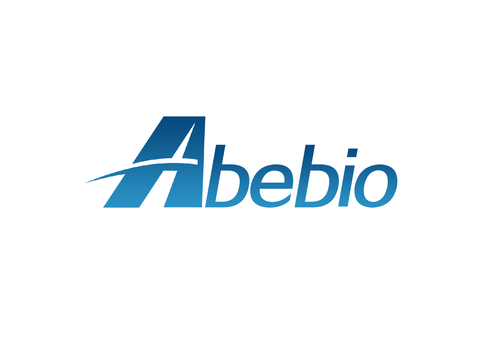Product Description
Rat Thioredoxin reductase (TRXR) ELISA Kit | KTE100995 | Abbkine
Application: This Rat Thioredoxin reductase (TRXR) ELISA Kit employs a two-site sandwich ELISA to quantitate TXNRD1 in samples. An antibody specific for TXNRD1 has been pre-coated onto a microplate. Standards and samples are pipetted into the wells and anyTXNRD1 present is bound by the immobilized antibody. After removing any unbound substances, a biotin-conjugated antibody specific for TXNRD1 is added to the wells. After washing, Streptavidin conjugated Horseradish Peroxidase (HRP) is added to the wells. Following a wash to remove any unbound avidin-enzyme reagent, a substrate solution is added to the wells and color develops in proportion to the amount of TXNRD1 bound in the initial step. The color development is stopped and the intensity of the color is measured.
Detection Method: Colorimetric
Conjugate: N/A
Sample Type: Cell culture supernatants#Serum#Plasma#Other biological fluids
Assay Type: Multiple steps standard sandwich ELISA assay with a working time of 3-5 hours. It depends on the experience of the operation person.
Kit Component: • Rat Thioredoxin reductase microplate
• Rat Thioredoxin reductase standard
• Rat Thioredoxin reductase detect antibody
• Streptavidin-HRP
• Standard diluent
• Assay buffer
• HRP substrate
• Stop solution
• Wash buffer
• Plate covers
Features & Benefits: Rat Thioredoxin reductase (TRXR) ELISA Kit has high sensitivity and excellent specificity for detection of Rat TXNRD1. No significant cross-reactivity or interference between Rat TXNRD1 and analogues was observed.
Calibration Range: Please inquire
Limit Of Detection: Please inquire
Usage Note: • Do not mix components from different kit lots or use reagents beyond the kit expiration date.
• Allow all reagents to warm to room temperature for at least 30 minutes before opening.
• Pre-rinse the pipet tip with reagent, use fresh pipet tips for each sample, standard and reagent to avoid contamination.
• Unused wells must be kept desiccated at 4 °C in the sealed bag provided.
• Mix Thoroughly is very important for the result. It is recommended using low frequency oscillator or slight hand shaking every 10 minutes.
• It is recommended that all samples and standards be assayed in duplicate or triplicate.
Storage Instruction: The unopened kit should be stored at 2 - 8°C. After opening, please store refer to protocols.
Shipping: Gel pack with blue ice.
Precaution The product listed herein is for research use only and is not intended for use in human or clinical diagnosis. Suggested applications of our products are not recommendations to use our products in violation of any patent or as a license. We cannot be responsible for patent infringements or other violations that may occur with the use of this product.
Background: Thioredoxin reductase 1, cytoplasmic is a member of the family of pyridine nucleotide oxidoreductases. This protein reduces thioredoxins as well as other substrates, and plays a role in selenium metabolism and protection against oxidative stress. The functional enzyme is thought to be a homodimer which uses FAD as a cofactor. Each subunit contains a selenocysteine (Sec) residue which is required for catalytic activity. The selenocysteine is encoded by the UGA codon that normally signals translation termination. The 3' UTR of selenocysteine-containing genes have a common stem-loop structure, the sec insertion sequence (SECIS), that is necessary for the recognition of UGA as a Sec codon rather than as a stop signal. Alternative splicing results in several transcript variants encoding the same or different isoforms.
Alternative Names: TXNRD1; GRIM-12; MGC9145; TR; TR1; TRXR1; TXNR; KM-102-derived reductase-like factor; oxidoreductase; thioredoxin reductase GRIM-12
Search name: TXNRD1; GRIM-12; MGC9145; TR; TR1; TRXR1; TXNR; KM-102-derived reductase-like factor; oxidoreductase; thioredoxin reductase GRIM-12
Tag: TXNRD1
 Euro
Euro
 USD
USD
 British Pound
British Pound
 NULL
NULL








